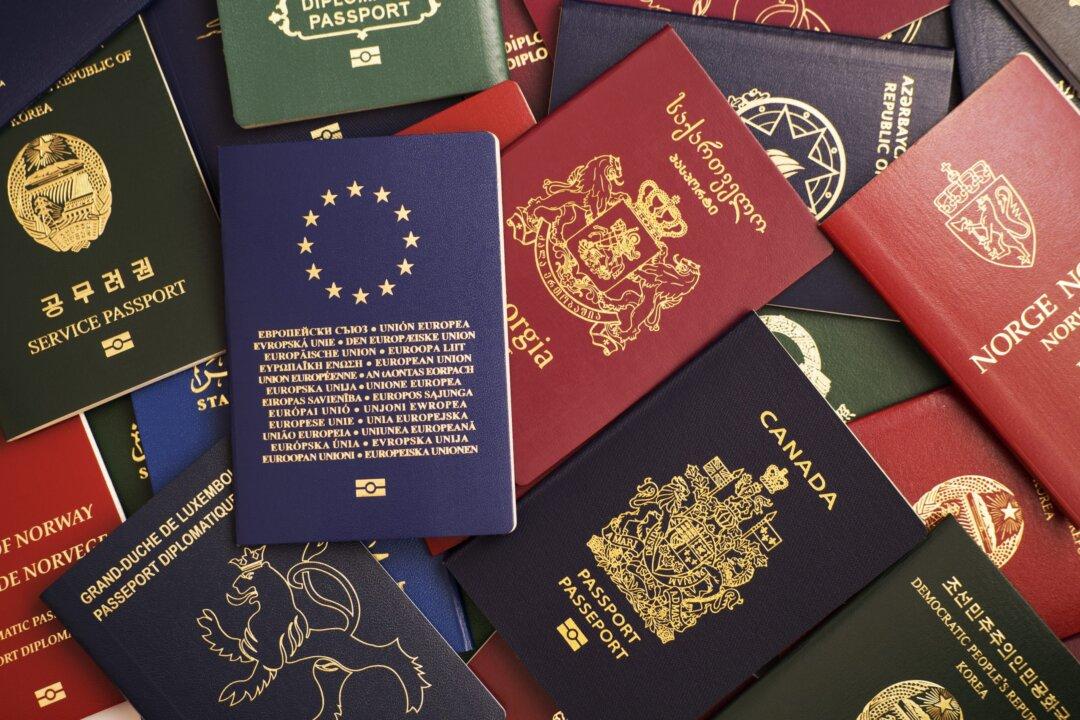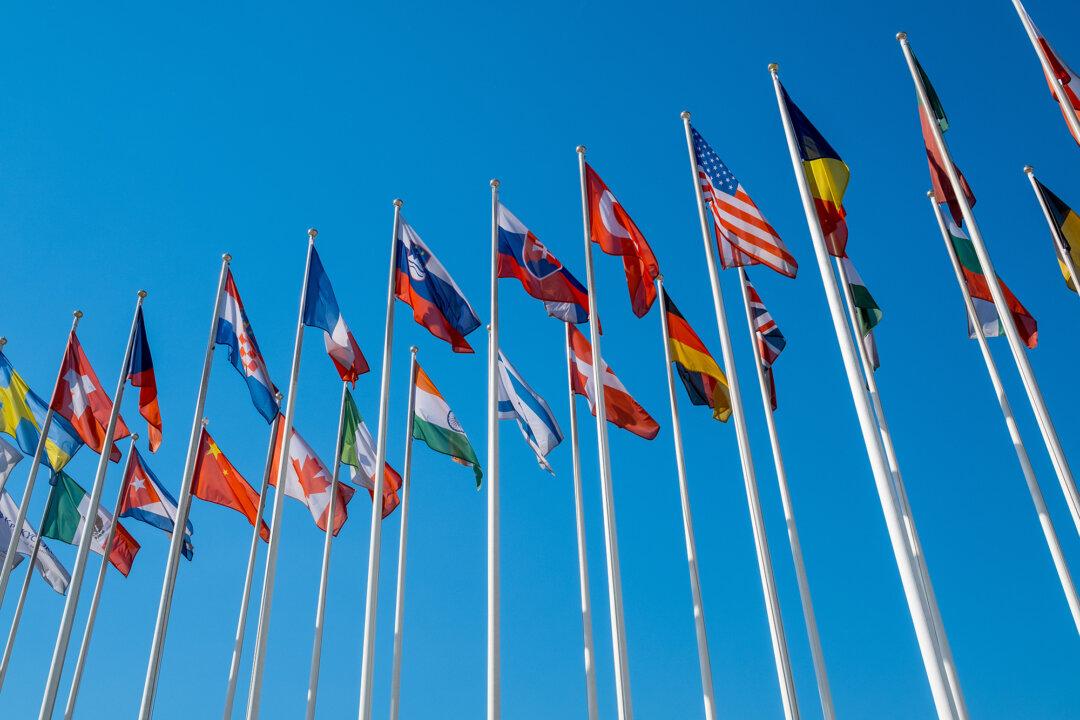Commentary
On Jan. 20, President Donald Trump signed a new executive order that attempts to end so-called birthright citizenship in the United States. During the signing ceremony, Trump declared that the United States is “the only country in the world that does this with birthright.”





